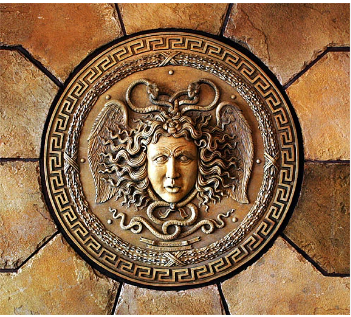The Surface Of Beautiful:_O3ebox7nim= Medusa

The reinterpretation of’ Beautiful:_O3ebox7nim= Medusa serves as a compelling lens through which we can examine the intersection of mythology and contemporary discourse on femininity. By shifting the narrative from one of horror to empowerment, this work invites critical engagement with societal perceptions of beauty and autonomy. As we explore the artistic techniques employed and the cultural conversations ignited, we must consider how this new portrayal challenges long-standing archetypes and what it suggests about our current understanding of strength in the face of adversity. What implications does this hold for the portrayal of women in art today?
The Myth of Medusa
The myth of Medusa, a central figure in ancient Greek mythology, encapsulates themes of beauty, transformation, and punishment, serving as a complex narrative that reflects societal attitudes towards femininity and power.
Medusa’s transformation from a revered maiden to a feared monster challenges traditional heroic narratives, revealing the consequences of envy and betrayal, while simultaneously inviting reflections on autonomy and the nature of beauty in a patriarchal society.
see also Discover The My Steries Beautiful:Gta0lyndy-K= Bird
Artistic Interpretation and Techniques
Artistic interpretations of Medusa often reflect the duality of her character, employing a variety of techniques to convey themes of beauty, horror, and empowerment.
These interpretations simultaneously engage with the socio-cultural narratives that have shaped her legacy throughout history.
Visual symbolism is prevalent in creative mediums such as painting and sculpture, allowing artists to explore her multifaceted identity and challenge traditional perceptions.
see also Discover The Beautiful:7qnbxt7ukla= Nature
Cultural Impact and Conversations
Exploring Medusa’s cultural impact reveals her evolution from a figure of terror in ancient mythology to an emblem of feminism and resilience in contemporary discourse, prompting ongoing conversations about agency, identity, and societal norms.
Through various feminism perspectives, Medusa challenges traditional power dynamics, inviting discussions on the reclamation of female strength and the reexamination of patriarchal narratives that have historically marginalized women’s voices.
Conclusion
The reinterpretation of Medusa serves as a powerful commentary on the complexities of femininity and societal perceptions.
By transforming Medusa from a figure of horror into one of empowerment, this artistic endeavor invites critical reflection on the nature of beauty and autonomy.
How does this reclamation of Medusa’s narrative challenge existing paradigms of gender and power?
Ultimately, it fosters a dialogue on resilience and defiance against patriarchal constraints, reinforcing the need for multifaceted representations of women in contemporary discourse.




